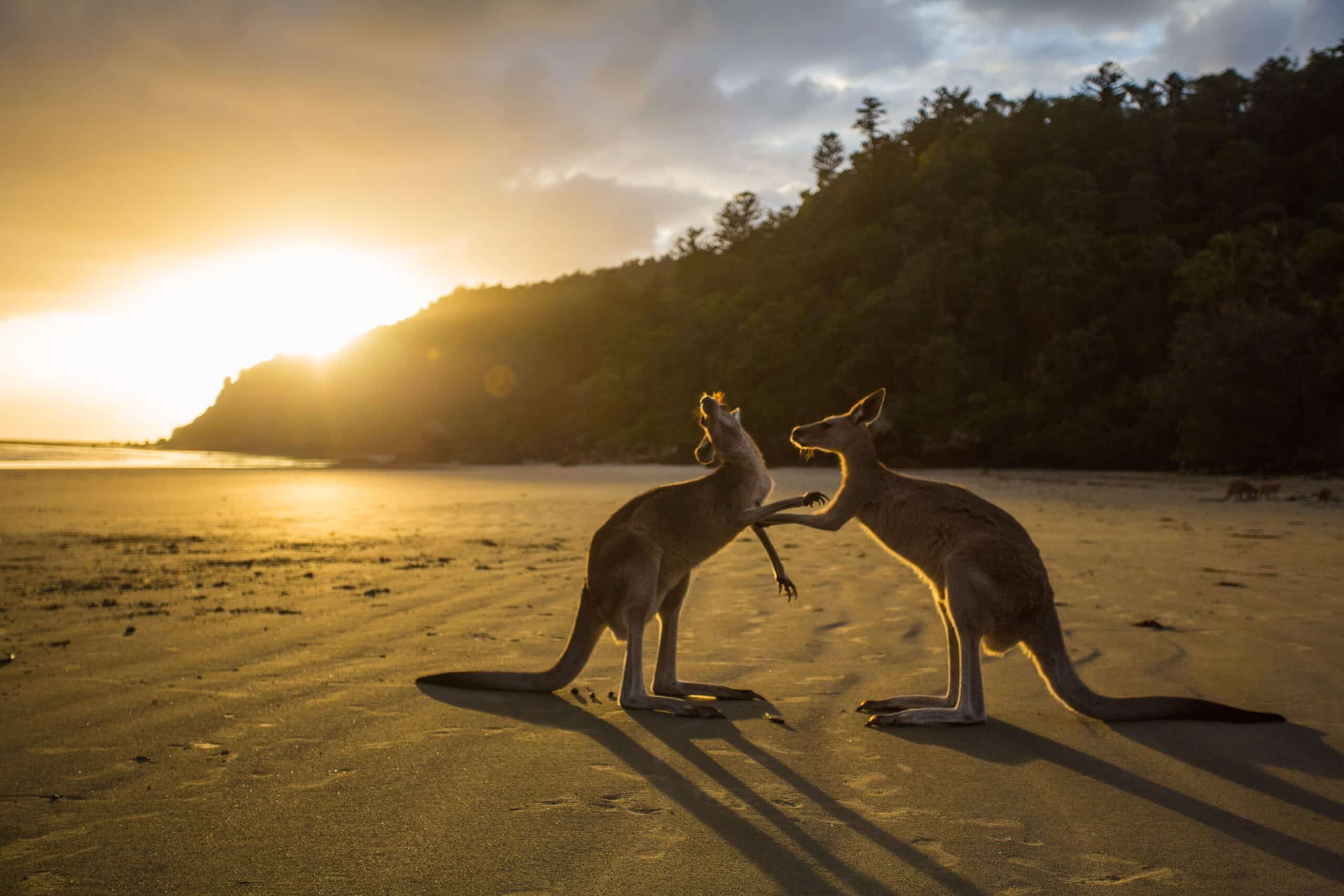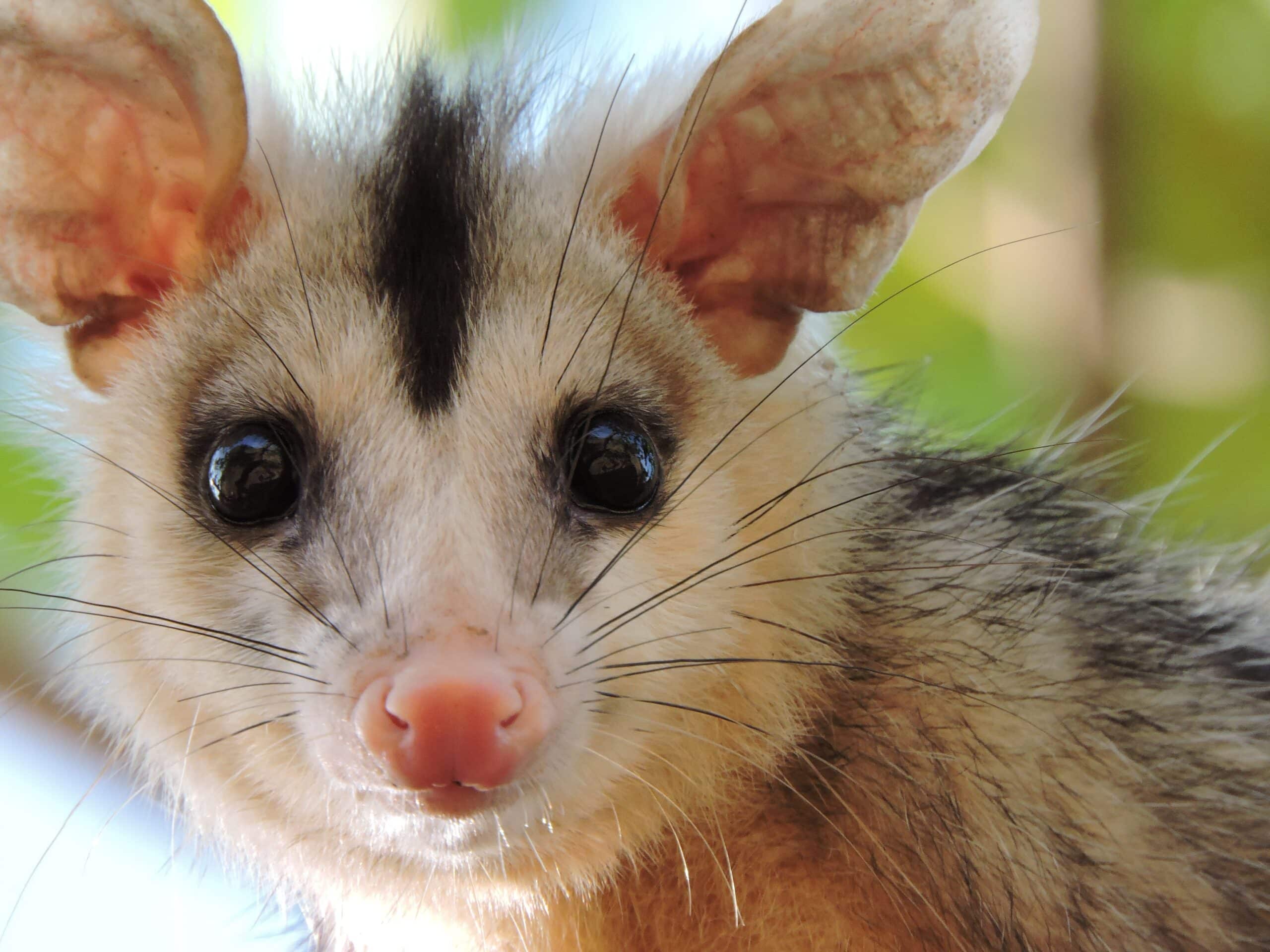![]()
It’s one of the most iconic images of winter – a majestic reindeer, with its luxurious fur and magical antlers, galloping through the snow. But what do you know about the majestic reindeer? From where they live to their unique characteristics, let’s take a closer look at these magnificent arctic deer!
Introduction to The Majestic Reindeer
The reindeer, also known as the caribou in North America, is an iconic Arctic species. These animals are native to the northern tundra regions worldwide, including parts of Asia, Europe, North America, and Greenland. Reindeers range in size from 2 to 3 feet tall at the shoulders and can weigh up to 500 pounds. They have unique characteristics that make them well-suited for Arctic environments, including a thick fur coat that helps keep them warm in freezing weather, snowshoe-like hooves for traversing icy terrain, and large antlers used for protection and shoveling away snow.
Reindeer are migratory animals that travel up to 3,000 miles yearly in search of food. In summer, when food is abundant, they form rutting herds but break off during winter when food and resources are scarce. These fantastic creatures can travel over 30 miles per day if need be!
Reindeers play an essential role in ecosystems worldwide by grazing on vegetation like lichen, mosses, and grasses, which helps maintain optimal conditions for certain species of plants. They are also a keystone species meaning many predators rely on them as their primary food source during winter when other prey is harder to find.
History and Origin of Reindeer
Reindeer are native to the Arctic regions of Europe, Siberia, Greenland, Canada, Alaska, and Scandinavia. They have been part of human culture for centuries and appear in ancient cave drawings. Reindeer were once primarily used for herding and hauling. The Sami people of Finland and Sweden still employ domesticated reindeer to this day as a source of meat, milk, and fur; they also use the animals to pull sleds. Reindeer were most likely first introduced to North America by early explorers in the 1600s. Today they are a protected species in many parts of the world, but their numbers are declining due to habitat destruction and climate change.
Reindeer belong to the same family as deer from other parts of the world – Cervidae – which includes elk, moose, caribou, mule deer, and white-tailed deer. Physically speaking, reindeer tend to be shorter than their relatives, with shorter legs and broader hooves that allow them to traverse rocky tundra or deep snow easily; plus, they have thicker fur which keeps them insulated against frigid temperatures that can dip below -40 degrees Celsius! They also have unique antlers of numerous spikes, which help them defend themselves against predators, including wolves and bears.
Reindeer Habitat and Migration Habits
Reindeer are found throughout the tundra regions of the northern hemisphere, extending from Alaska to Greenland, and can be most commonly spotted in the cooler climates of northern Europe and Russia. Reindeer mainly inhabit boreal forests where the cool weather provides ample protection against extreme winter temperatures.
Due to the unique physical adaptations that reindeer possess, they can survive in subarctic climates that experience freezing weather for as long as nine months of the year. During these long and harsh winters, reindeer migrate up to one thousand miles in response to changes in vegetation and food sources associated with seasonal change. These migrations often occur across large mountain ranges, rivers, and immense open tundra regions where trees are sparse or lacking.
Reindeer feed on many different types of vegetation ranging from grasses and lichens, which can be found on their tundra home range during summer months, through winter when they consume deciduous shrubs such as willow or birch, which serve as an essential energy source while snow is abundant. It is estimated that a single reindeer can consume approximately 9 pounds of vegetation per day while migrating! During colder months, some reindeer will seek warmer climes to reduce energy expenditure on thermoregulation.
Reindeer Diet and Eating Habits
Reindeer are herbivorous animals and primarily feed on the vegetation in their native habitats, such as lichens, moss, grasses, sedges, willow shoots, mushrooms, and even reindeer hair. They create a niche in their environments by grazing on short-lived grasses in the early season and then eating mosses, shrubs, and woody plants later in the year when nourishment can be scarce.
In Arctic regions like Alaska and Canada where lichen grows abundantly and tends to dominate reindeer diets for ten months of the year. In winter, however, reindeer supplement their diets with seaweed washed up on shorelines by storm swells.
Though it varies based on the type of habitat they occur in and the year’s season, a typical day for a reindeer entails several meals spread out over 15 hours or more of daylight available to graze. Each day they consume from 4-15 pounds (2-6 kg) of food depending on availability – that’s about 6% of body weight for an adult male! Reindeers are highly adaptive creatures capable of harvesting nourishment in harsh conditions. However, freezing weather can make grazing difficult since warmer temperatures soften vegetation, making it easier to chew or digest.
Reindeer Physiology and Anatomy
Reindeer, or Rangifer tarandus, are hoofed mammals that naturally inhabit tundra and other cold regions in the Northern Hemisphere. These majestic animals generally grow to be over 4 feet tall and weigh up to 350 pounds. They have substantial metabolic adaptations that allow them to survive in frigid temperatures, foraging for food on snow-covered grounds during most of the year.
The characteristic features of a reindeer include its thick undercoat aided by dual layered guard hairs, long legs, and a bonus set of four toes with two distinct hooves on each foot – better known as “diggers.” Additionally, reindeer possess strong neck muscles attached to their elongated heads, which aid them while pulling heavy loads and carrying sizeable antlers that rest above their eyes.
Reindeer fur is composed of several layers of hair explicitly designed for enduring extreme weather conditions throughout various parts of the world. The inner coat is denser than the outer one, making reindeer incredibly efficient against bitter winds, snowfall, and other complex elements, simultaneously controlling moisture build-up when needed. Furthermore, they have different structural traits like extended nostrils on their faces that act as heat radiators while allowing these creatures to better maintain optimal body temperature during colder months.
Reindeer Behavior and Social Structure
Having coexisted with humans for centuries, Reindeer have adapted to harsh arctic environments and remain some of the hardiest large herbivores on the planet. These resilient deer can be found in northern Scandinavia, Alaska, Siberia, and Pakistan and thrive in areas spanning nearly 20 million sq m. Reindeer are characterized by their large social groups comprised of members depending on age, sex, and migration patterns.
In each herd, the most prominent members – bulls – head up a few groups within the larger gathering. Heifers form other flocks for foraging and calving about mid-April through May; calves arrive weak but double in size before summer’s end. Young animals follow their mothers, immune from hazards to grow strong enough to survive mating season when mature bulls separate from cows until winter brings reunification upon its arrival.
Both sexes migrate twice annually, single or coupled, including journey stops where herds divide into smaller groups, allowing them to join those of other caribou or form new ones of their own creation. Bulls are challenged in fights during mating season, dictating their success at establishing herd territories which determine autumn migration patterns before the ice begins forming again along coastlines.
Reindeers come together twice a year, providing an annual cycle ensuring safe breeding grounds while protecting each species. Safety factors include adequate nutrition stores, calving grounds, and species communities that survive together, sharing resources within their ecosystem until the next reunion brings them together.
Reindeer Conservation and Threats
Reindeer (also known as caribou) live in the Arctic and subarctic tundra, boreal forests, and mountainous regions of northern Europe, Asia, and North America. Reindeer conservation is essential to maintain ecosystem diversity and support the indigenous populations that rely on reindeer for their livelihoods.
Reindeer populations have decreased due to habitat loss due to economic development, pollution, and climate change. Overhunting of reindeer by locals has caused some herds to become decimated. In areas where there are still healthy populations, illegal poaching may occur, and increases in natural predators like bears or wolves seeking a new food source.
Many Arctic tribes have practiced reindeer herding for centuries. Herding areas are often disputed among these groups, so they must agree on how much land they should share or how they will cooperate in reindeer conservation efforts. Policymakers must also ensure that herding practices are compatible with environmental regulations, such as creating buffer zones around protected areas that help prevent overgrazing near sensitive ecosystems.
Additionally, since reindeer migrate long distances in search of food and access to grazing land during cold winter, sustainable herding practices must protect their environment by maintaining healthy vegetation cover along migratory pathways so the reindeer can reach their destination safely. One way policymakers can help with this issue is by establishing corridors connecting different portions of suitable habitat; however, these corridors need adequate protection against poachers and other human disturbances to succeed.
Reindeer in Popular Culture
The reindeer is one of the most iconic animals in the Arctic. Found in countries like Norway and Finland, these animals have been featured in countless books, movies, and stories throughout history. From Donner and Blitzen helping to pull Santa’s sleigh to the beloved caribou of “Rudolf the Red-Nosed Reindeer,” reindeer have made their mark on popular culture.
Reindeer are depicted in various media, from cartoons to children’s books. In recent years, they’ve been featured in movies like Frozen and The Chronicles of Narnia: The Lion, The Witch, and The Wardrobe. And no holiday season would be complete without seeing them again in classic TV specials like A Charlie Brown Christmas. While these depictions might not always accurately portray the reindeer’s true nature or life cycle in the wild – they certainly help bring them into people’s hearts everywhere!
Reindeer’s popularity doesn’t stop at media appearances alone – they are also popular as a motif for decorations around Christmas time. Antlers can be seen on trees, and various goods such as mugs and cups are for sale around this time of year – it’s hard to miss! Even major pop stars like Beyonce have added reindeer into their holiday albums – singing about “swinging from this rein-deer horns” in her hit single “7/11.” From product labels to holiday decorations, there’s no doubt that reindeer are here to stay still as one of the most beloved arctic creatures throughout popular culture today!
Frequently Asked Questions
Q: How long do reindeer live?
A: Reindeer can live up to 15 years in the wild.
Q: What do reindeer eat?
A: Reindeer are herbivores and feed on lichens, grasses, mosses, ferns, mushrooms, and leaves.
Q: Do reindeer pull Santa’s sleigh?
A: While reindeer may be strong enough to pull Santa’s sleigh, the traditional imagery of reindeer leading the sleigh is mainly due to stories and folklore rather than fact.





